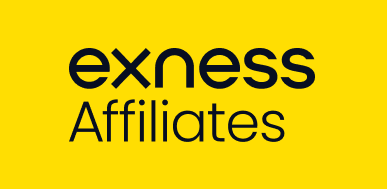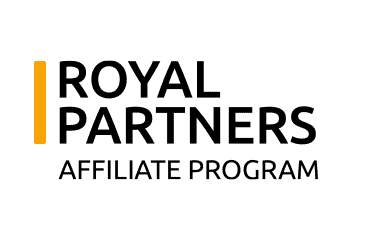Following the Digital Marketing Forum (DMF) at Olympia London two weeks ago, we welcomed some of the brightest and most respected names in the industry to delve into a variety of different topics, where our guests used their years of experience to offer the best advice there is to offer to the attendees.
One of our speakers, Zheng Zhang spoke on the current state of the digital advertising landscape and how much this sector has evolved.
Zheng has extensive experience in programmatic advertising and held a leading product role at the world’s first mobile demand side platform StrikeAd before he co-founded the EnvisionX.
He and his EnvisionX team entered the blockchain space in late 2017 and combined their comprehensive understanding of modern digital advertising and the new blockchain technology aiming to disrupt how digital advertising is being traded today, providing an easy-to-adopt blockchain solution for fully transparent and accountable advertising.
Here’s what Zheng had to say following his appearance at the DMF.
The current digital advertising landscape has evolved to be a far more complicated ecosystem than it once was a decade ago. Today, there is a much bigger number of players, new types of platforms and longer and more complex advertising chain. The evolvement has brought us new technologies we can use for better advertising, such as programmatic buying, location targeting and social and OTT buying, etc.
However, whilst the industry is enjoying the technology advancement, the efficiency and quality of how the advertising budget is spent are falling behind and not being effectively monitored, audited and optimised on a sufficient level today.
Based on recent industry research released by eMarket, for example, the fees charged by technology and software intermediaries to execute the transaction weight one third for nonsocial programmatic display ad spending in the USA market. Our EXChain pilots with brands and agencies had a similar finding and further estimated that the total combined cost paid to platforms, invalid inventory and discrepancies can eat up to half of every single dollar a brand spend in digital advertising. The same percentage back to a decade ago is only at the level of twenty per cent.
One of the key reasons we are facing the transparency and efficiency challenges is that the industry has never created and adopted proper tools to equip advertisers and agencies to have a transparent view of their digital campaign’s spend structure and subsequently becoming incapable to audit and optimise.
From an Affiliates point of view, being a subset of the digital advertising ecosystem, they are also facing the challenges of auditing their partners and spend and optimising the spending efficiency. Affiliates should start considering to adopt a workable mechanism with solutions behind it to enable them to link all dots on their supply chain for auditing and spend efficiency optimisation in the network via establishing a transparent view of who is out there exactly selling their ads. This will also help to address the accountability challenge should there be a compliance issue.
As a starting point to achieve above, Affiliates can begin with reviewing the current visibility of their spending and stakeholders, i.e. how far they can see down the chain and what level of auditing and control they have today for doing this.
When Affiliates are looking into the potential applications of the blockchain technology in their business, they should consider:
- Am I trying to apply blockchain to solve an existing problem or trying to look for a problem to solve?
- Are the fundamental features of blockchain technology solving the identified problems?
- What are the relevant stakeholders when applying the blockchain technology?
- What are the hypothesis for running pilots of blockchain?
- What are the limitations or things that cannot be done by using blockchain?
In the pilot that EXChain completed for Unilever/ADK in Japan, we tested the hypnosis of blockchain can be applied in providing advertising transparency, i.e. gaining full visibility of campaign spending elements and participating stakeholders. The pilot found out that a simple two-layer supply chain tested in the pilot took out a compound intermediary fee of 36%, and the total projected campaign spending efficiency is approximately 51% only, i.e. 49% of every dollar spent went to the tech and supply vendors.
We all should understand that the advertising industry is still at the incubating stage of applying the blockchain technology and personally I believe it will take another 1.5-2 years before we see such solutions are adopted on a full chain basis and starting to scale up.
The blockchain network we currently use in our EXChain platform is Ethereum and we strongly recommend it to be a starting point for a couple of obvious reasons:
- It has the largest community who support developing the network further and maintaining the network.
- It hosts the biggest number of blockchain-based applications and has a much better testing environment than other networks.
However, never tie your hands to a single blockchain network in the early stage as each of them has their pros and cons and thorough study is required before making your moves.



















